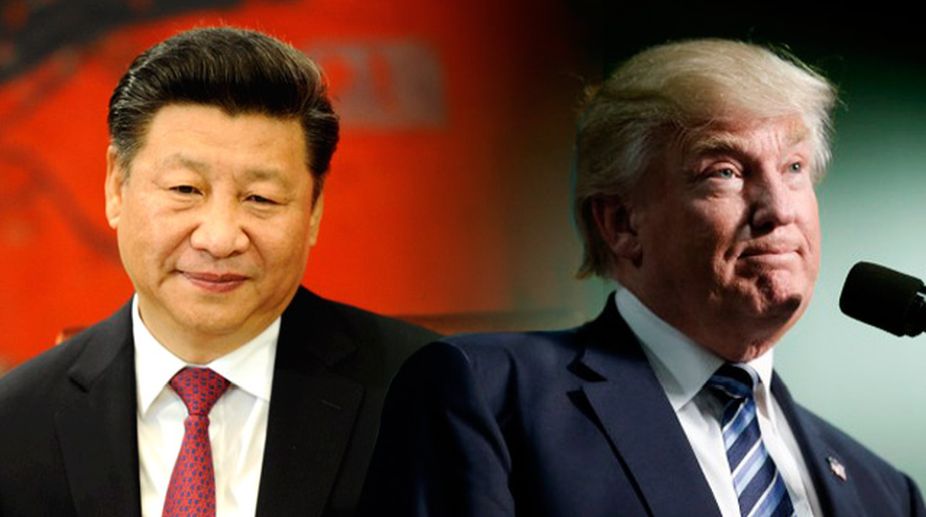For all the posturing in Washington and Beijing, it is early days to hazard a guess over whether the looming trade war is actually a confrontation between two paper tigers.
The world’s largest economies have emitted conflicting signals over whether they are gearing up for an all-out trade war, one that could have its ramifications on either side of the Atlantic.
Advertisement
While Donald Trump confronts problems at home ~ the latest being gun control ~ Xi Jinping might arguably be loath to rock the boat almost immediately after assuming control as China’s President-for-life and putting in place a new team.
Trends since last week would suggest that neither side will risk escalating the current spat over the imbalance of trade. Yet China has made its position clear over the weekend, with its economic tsar and vice-premier, Liu He, telling the US Treasury Secretary, Steven Mnuchin, that Beijing is ready to defend its interests after President Trump announced plans to impose tariffs on Chinese imports, valued at nearly $ 50 billion.
In contrast, decidedly more robust was the caveat advanced by the Chinese ambassador to the US, Cui Tiankai ~ “If somebody imposes a trade war on China, we’ll fight to the end.”
On closer reflection though, China’s response to the huge hike in US tariffs on aluminum and steel imports has been somewhat mild ~ just $ 3 billion in additional tariffs on US goods, notably fresh fruit, nuts, wine, pork, recycled aluminum and steel pipes.
Beijing’s economic counter-blast is barely a fraction of the White House reprisal. Yet the list of items has left US pork producers squirming.. The American pork industry last year sent $1.1 billion worth of pork products to China, making it the No. 3 market for US pork.
Overall, America’s farmers shipped goods worth $20 billion to China in 2017. Considering the volume of pork that is exported to China, higher tariffs on US exports is bound to harm US producers and undermine the rural economy.
Markedly, China’s list of tariffs has for now excluded major US export items to the country, such as soyabean, sorghum and Boeing aircraft. Overall, Beijing is treading softly to a set of tariffs that have largely been rolled back for almost all countries, except China.
Trade friction is almost integral to the international economy, and at worst the two countries are engaged in a spat. The damage to China may account for only 0.1 per cent of its GDP.
Investors have been assured that existing tariffs will have “a barely perceptible impact” on China’s economy in the wider perspective. Going by the projection of economists, the existing measures are unlikely to reduce the annual US-China trade imbalance by $100 billion as the administration has demanded.
If America is playing with a strong hand, so too is China; but both countries are seemingly intent on a thus far-and no further strategy in economic diplomacy.











